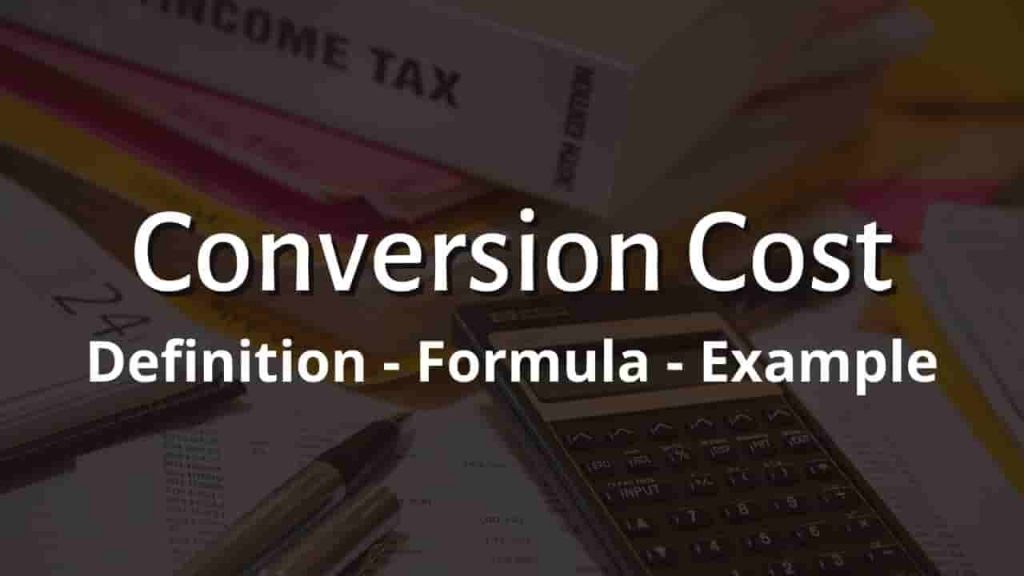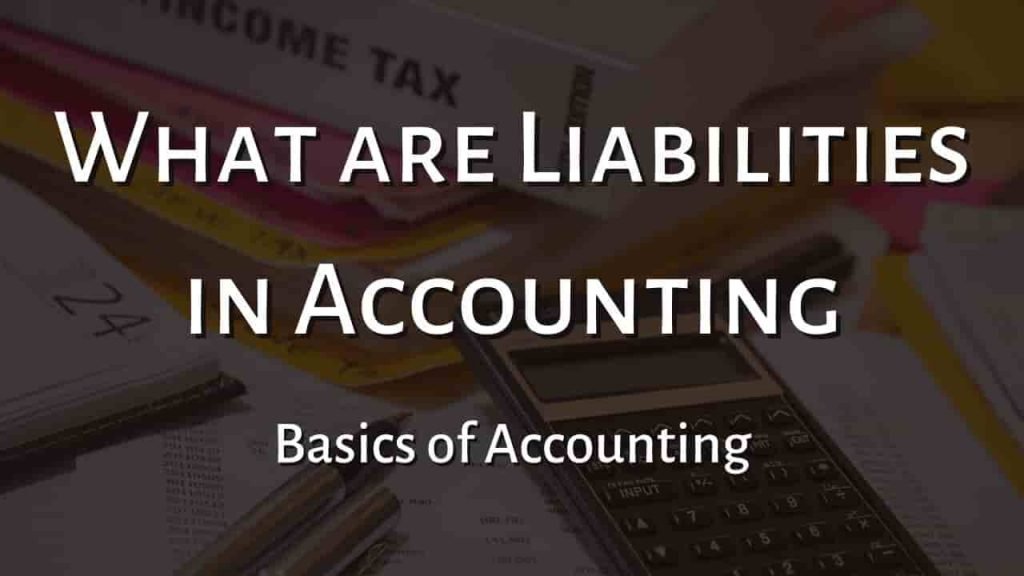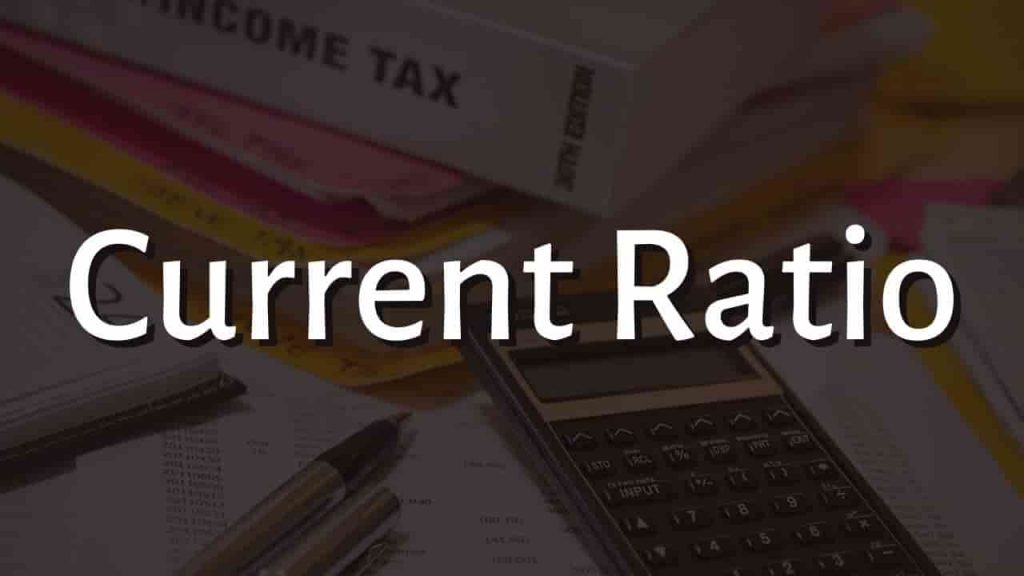What is Conversion Cost
Companies that manufacture inventory rely significantly on metrics to track production as well as analyze the efficiency with which inventory is manufactured and sold. Conversion costs are one of the most widely used measures for this.
Conversion costs are the expenses experienced by manufacturers when transforming raw materials into finished items. It includes direct labor as well as any manufacturing overheads required to turn raw materials into a completed product.
In other words, conversion costs are the expenses of transforming raw resources into a finished product that can be sold.
It is mostly used in process costing to calculate the cost of production report, where the percentage of completion of unfinished manufactured units at the conclusion of an accounting period is typically the same for direct labor and manufacturing overheads.
Conversion costs are most commonly utilized in the manufacturing industry, although any firm that produces items can use this measure when making business choices about their products.
A corporation may also be needed to calculate its conversion expenses in order to ascertain its cost of sales for reporting on an income statement.
How to Calculate Conversion Cost?
Overhead and direct labor are both included in conversion costs.
Overhead costs
Overhead costs are expenses incurred in the production of goods that cannot be directly linked to a manufacturing process. Consider the utility industry.
Factories must use energy to operate their equipment and make goods, yet each dollar spent on electricity cannot be properly attributed to the goods produced. They must be anticipated and budgeted for.
Direct labor
Direct labor is the cost of employees who actively manufacture goods. This comprises wages and salaries paid to assembly line employees, machinists, painters, and anybody else that assists in the production of goods.
Conversion Cost Formula
The following is the formula for calculating conversion costs:
Conversion costs = direct labor + manufacturing overhead costs
Conversion Cost Importance
Accountants and production managers at a corporation compute these conversion costs to estimate production expenditures, the value of finished and unfinished inventories, and to develop product pricing models.
Conversion costs are also used to analyze efficiency in manufacturing processes, but they also account for overheads in the manufacturing process that are not measured in prime costs.
Conversion costs are frequently used by operations managers to determine any waste in the manufacturing process. If a company encounters an uncommon expense while calculating conversion costs, it should not include it because it is not a day-to-day cost.
List of Common Business Conversion Costs
Costs that may be considered conversion costs include:
- Direct labor and associated benefits, as well as payroll taxes
- Depreciation of equipment
- Maintainance of equipment
- Factory rent
- Factory supplies
- Manufacturer’s insurance
- Machining
- Inspection
- utilities used in manufacturing
- Production control
- Small tools are expensed.
Conversion Cost Example
Huawei’s cell phone production unit incurs day-to-day expenditures to keep its business functioning, with a daily production capacity of 10,000. The firm wishes to calculate their conversion cost based on the information provided below.
| Particular | Amount $ |
| Equipment Depreciation | 10,000 |
| Factory Insurance | 5000 |
| Indirect Material | 100000 |
| Direct Material | 1500000 |
| Direct Wages | 300000 |
| Office Expenses | 100000 |
| Factory Rent | 20000 |
| Electricity Expense | 90000 |
| Maintenance Expense | 100000 |
| Inspection Expense | 5000 |
To calculate Conversion cost first we need to compute the manufacturing overhead cost
Manufacturing Overheads = Equipment Depreciation + Factory Insurance + Indirect Material + Factory Rent + Electricity expense + Maintenance expense+ Inspection expense
Manufacturing Overheads = 10,000 + 5,000 + 80,000 + 20,000 + 90,000 + 1,00,000 + 5,000
Manufacturing Overheads =310000
Conversion costs = Direct labor + Manufacturing overhead costs
Conversion costs = 300000 + 310000
Conversion costs = 610000
Calculation of Conversion Cost per Unit
Conversion Cost per Unit = Total Conversion Costs/Total Units Produced
Conversion Cost per Unit = 610000/10,000
Conversion Cost Vs Prime Cost
The distinction between the two cost categories is that prime costs only include direct material and direct labor expenses, whereas conversion costs only include direct labor costs plus factory overhead costs.
The primary distinction is that prime costs do not include the manufacturing overhead expenses that conversion costs do, but conversion costs do not include the direct material prices that prime costs do.
Conversion costs may be thought of as an additional layer on top of prime costs, as they are required to turn raw materials into finished goods.
Advantages of Conversion Cost
- It helps in calculating the cost of converting raw materials into finished goods.
- It aids in the elimination of flaws in the manufacturing process as well as the reduction of production costs.
- It assists managers in supervising and tracking production expenditures.
- It is used to create a price model for a product and to estimate the cost of the finished product.
Disadvantages of Conversion Cost
- It does not provide an accurate picture of all production/manufacturing expenses because it only analyzes two factors: direct labor and overheads.
- This idea is less important when the product does not need to be converted and may be sold directly with minimum processing.
- This approach cannot be depended on entirely for cost management and reduction programs since it does not cover all cost aspects. There are better costing processes available, such as marginal costing, process costing, and so on, that give better insights into the costs incurred.
For more click here and if you are looking for full forms of different acronyms and words then check out this list you really gonna find this helpful. We also have an Essay on every topic, Check the complete list here. If you are Studying in Matric Free Video Lectures of Maths, Physics and English are here, and we have got you covered for I.COM Business Maths also.







